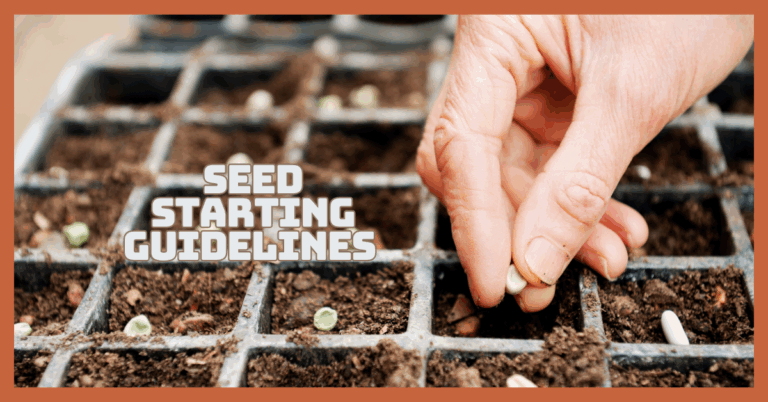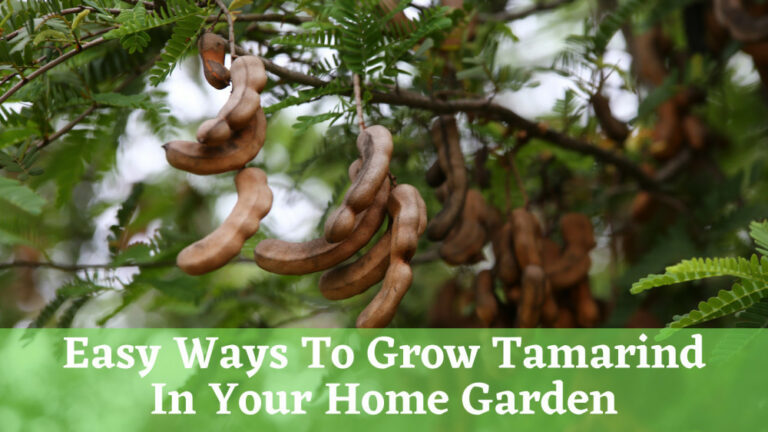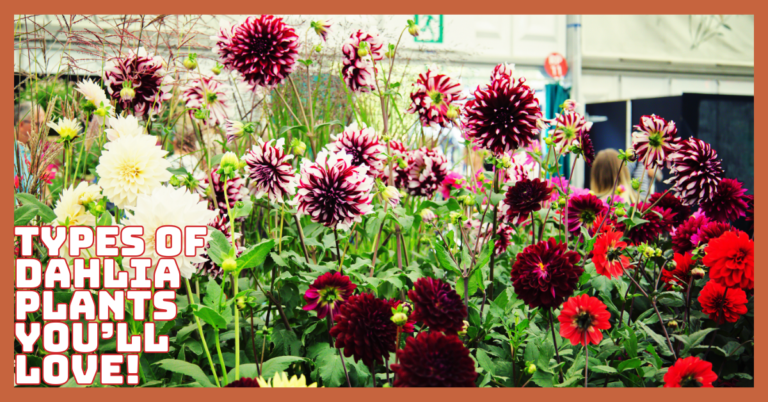How To Grow Prickly Pear Cactus
How To Grow Prickly Pear Cactus
If you're curious about how to grow prickly pear cactus, you're in the right place. Prickly pear cactus, known for its striking pads and vibrant fruit, is a hardy plant that thrives in arid and semi-arid climates.
Growing this resilient cactus is relatively easy, as it requires minimal water and can flourish in poor soil conditions.
Whether you’re planting it for its decorative appeal, edible fruit, or medicinal benefits, prickly pear cactus is a low-maintenance addition to any garden.
Following this article's instructions, you may successfully grow and care for a prickly pear cactus.
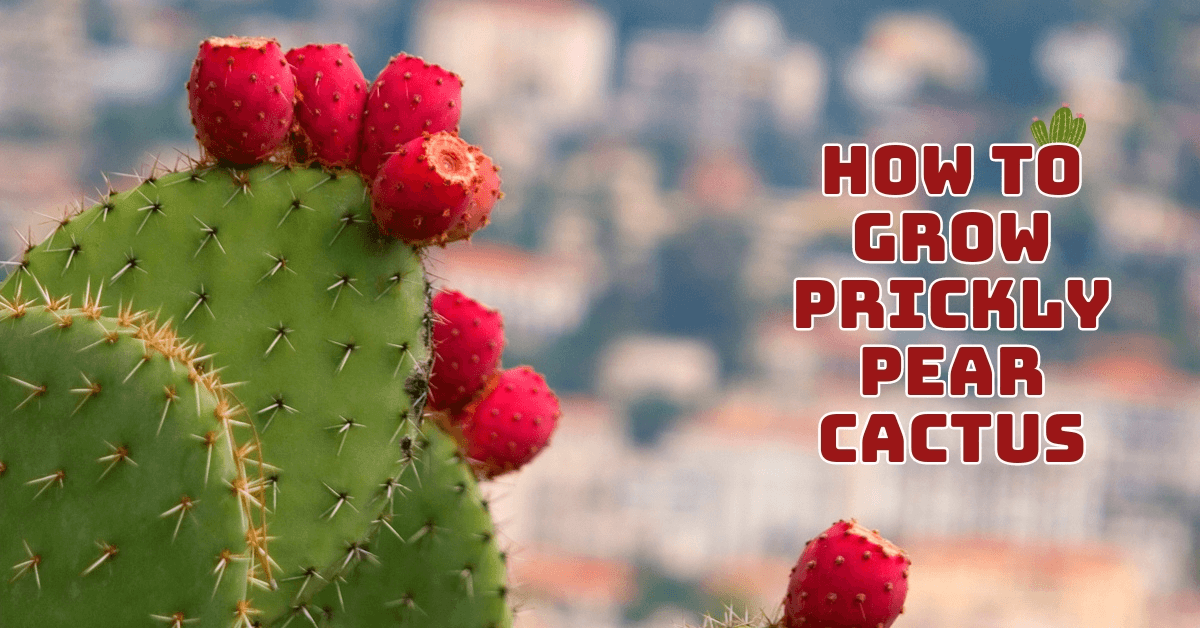
History & Origin Of The Prickly Pear Cactus (Opuntia)
The prickly pear cactus (Opuntia) is native to the Americas, with its origins traced to arid and semi-arid regions, particularly in Mexico and the southwestern United States.
This resilient cactus, native to the desert, has evolved to survive in arid conditions with little water and high temperatures.
It’s believed that the prickly pear has been a part of these regions' ecosystems for millions of years, evolving alongside the animals and humans who have relied on it for sustenance.
In Mexico, prickly pear (called “nopal”) has a deep cultural significance and has been cultivated for thousands of years by indigenous peoples for its edible pads (nopales) and fruit (tunas).
The Aztecs and Mayans valued the plant for both its nutritional and medicinal properties, and it became a staple in their diets.
Spanish explorers introduced the prickly pear to Europe and Africa in the 16th century, where it adapted well to Mediterranean climates.
Today, prickly pear cacti are found worldwide, from the Americas to Africa, Australia, and the Mediterranean.
They are prized for their drought tolerance, ornamental appeal, and health benefits. Despite their global presence, they remain most closely associated with their desert origins in the Americas.
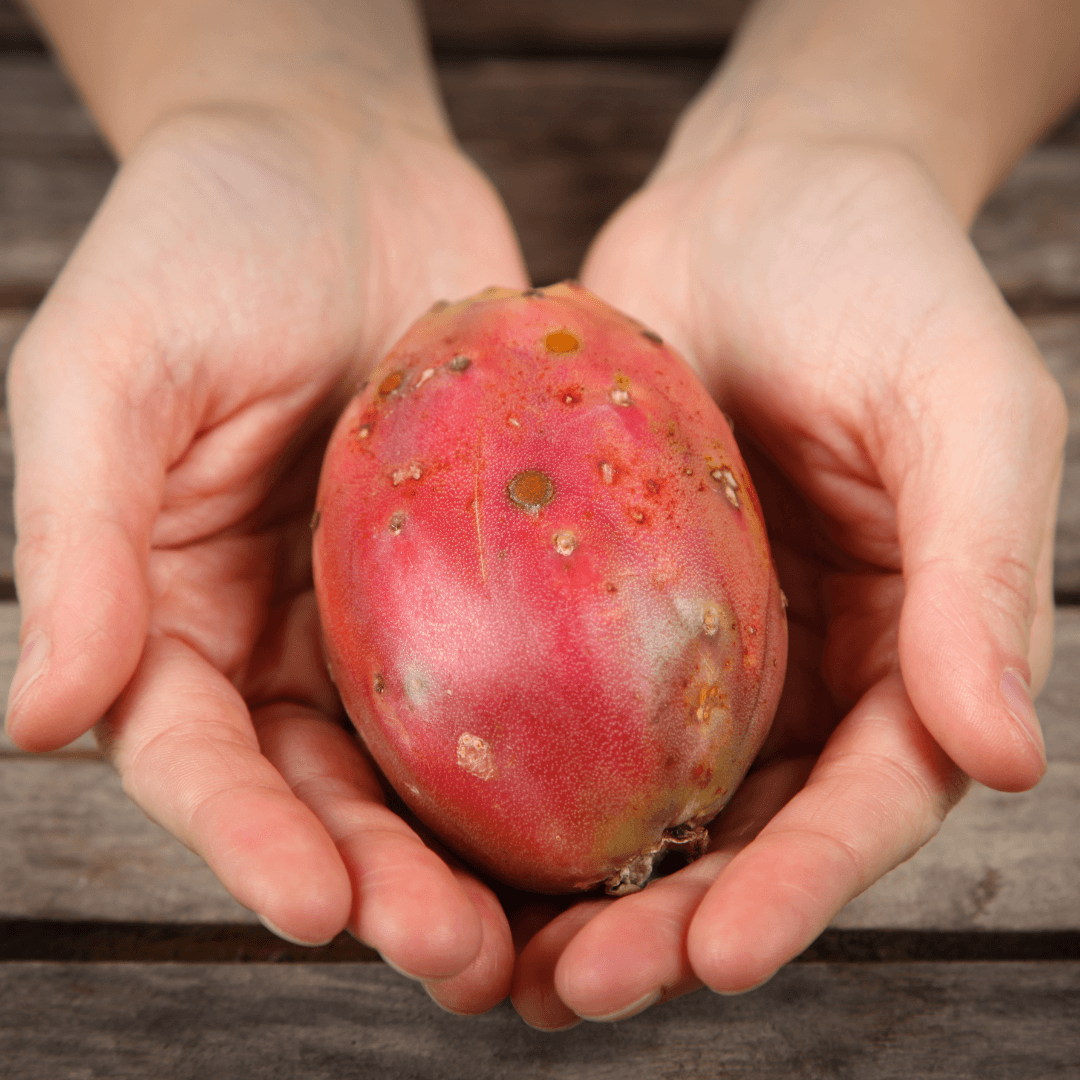
What Does The Prickly Pear Taste Like?
The prickly pear (fruit of the Opuntia cactus) has a distinct flavour that is hard to put into words. It is subtly sweet, often compared to a blend of watermelon, strawberry, and a hint of pear.
The fruit’s flesh is juicy and mildly sweet, with an underlying earthiness that reflects its desert origins. Some describe the taste as a mix of tropical and berry-like flavours with a delicate balance of tartness.
The prickly pear's texture is also distinctive. The fruit is soft and juicy but contains small, edible seeds that add a bit of crunch, similar to a kiwi or pomegranate texture.
Depending on the variety, the flesh can range in colour from vibrant pink and red to golden yellow.
This can also influence the flavour, with red varieties typically being sweeter and yellow ones slightly more tart.
Prickly pear is a refreshing, mildly sweet fruit with a clean, bright flavour that works well in juices, jams, salads, and desserts.
Its taste and vibrant colour make it a popular choice for culinary and decorative purposes in many cuisines worldwide.
Types Of Prickly Pear Cacti
Prickly pear (Opuntia) comes in various species with unique characteristics, including pad shape, fruit colour, and taste differences. Here are some common types of prickly pear:
1. Indian Fig Cactus (Opuntia ficus-indica)
The Indian Fig Cactus (Opuntia ficus-indica) is the most commonly cultivated prickly pear species, prized for its large, sweet fruit and edible pads.
It thrives in warm, arid climates and is widely grown commercially, particularly in Mexico and the Mediterranean. Its fruit is used in food and beverages, while the pads are used in culinary dishes.
2. Eastern Prickly Pear Cactus (Opuntia humifusa)
The eastern prickly pear cactus (Opuntia humifusa) is native to the eastern United States. It features smaller pads and bright yellow flowers. Its red fruit is mildly sweet, making it a popular choice for natural landscapes.
This variety is notably hardy and can withstand colder climates, making it suitable for various environments.
3. Black-Spined Prickly Pear Cactus (Opuntia macrocentra)
Its striking purple pads distinguish the Black-Spined Prickly Pear Cactus (Opuntia macrocentra) and its long, black spines.
It produces red or purple fruit with a sweet and tangy flavour, making it a visually captivating and flavourful choice for gardens. Among prickly pears, it stands out for its distinct appearance and taste.
4. Engelmann’s Prickly Pear Cactus (Opuntia engelmannii)
The Engelmann’s Prickly Pear Cactus (Opuntia engelmannii) is native to the southwestern U.S. and northern Mexico.
This species features large pads and produces bright yellow flowers and red fruit. Due to its sweet, tart flavour and vibrant colour, the fruit is commonly used in jellies, syrups, and other culinary applications, making it valuable for ornamental and edible purposes.
5. Beavertail Prickly Pear Cactus (Opuntia basilaris)
Beavertail prickly pear cactus (Opuntia basilaris) is known for its flat, spineless pads and vibrant pink flowers.
This variety produces less sweet fruit than other prickly pears but remains edible. Its distinctive, spineless pads and colourful blooms make it a popular choice for ornamental use, adding aesthetic appeal to desert and xeriscape gardens.
6. Bunny Ears Cactus (Opuntia microdasys)
The bunny ears cactus (Opuntia microdasys) is notable for its rounded pads resembling bunny ears, which are covered in tiny, hair-like glochids instead of traditional spines.
It produces small, yellow flowers and reddish-purple fruit. Primarily grown for its ornamental value, this cactus adds a whimsical touch to gardens while being relatively easy to care for.
7. New Mexico Prickly Pear Cactus (Opuntia phaecantha)
The New Mexico prickly pear cactus (Opuntia phaecantha) is a hardy cactus native to the southwestern United States and Mexico.
It features broad pads and blooms with yellow or red flowers. This variety produces small, edible fruit and is resilient to drought and cold temperatures, making it suitable for diverse environments and a versatile addition to gardens.
8. Wheel Cactus (Opuntia robusta)
The wheel cactus (Opuntia robusta) is distinguished by its large, rounded pads that can grow tall and have a bluish-green hue.
It produces yellow flowers followed by purple fruit, often used in Mexican cuisine to make jams and syrups. Its sizable fruit and distinctive appearance make it both a functional and attractive cactus variety.
9. Violet Prickly Pear Cactus (Opuntia violacea)
The violet prickly pear cactus (Opuntia violacea) is known for its vibrant violet or purple pads, which become even more striking in cooler temperatures.
Its beautiful yellow flowers and tasty burgundy fruit are native to the southwestern United States and northern Mexico deserts. Its unique colour and fruit make it a visually stunning and useful addition to desert gardens.
How To Grow Prickly Pear Cactus
Prickly pear cactus is a hardy and low-maintenance plant that thrives in arid environments. Here’s a guide to growing it successfully:
1. Choosing The Right Prickly Pear Cactus Variety
When selecting a prickly pear cactus variety, consider your climate. Some species, like the Eastern prickly pear cactus (Opuntia humifusa), are cold-hardy and can withstand temperatures below freezing, making them ideal for cooler regions.
Other types, like the Indian fig cactus (Opuntia ficus-indica), thrive in hot, arid environments and are better suited to desert-like climates.
Matching the variety to your local conditions ensures healthy growth and minimizes the need for extra care, especially during extreme weather.
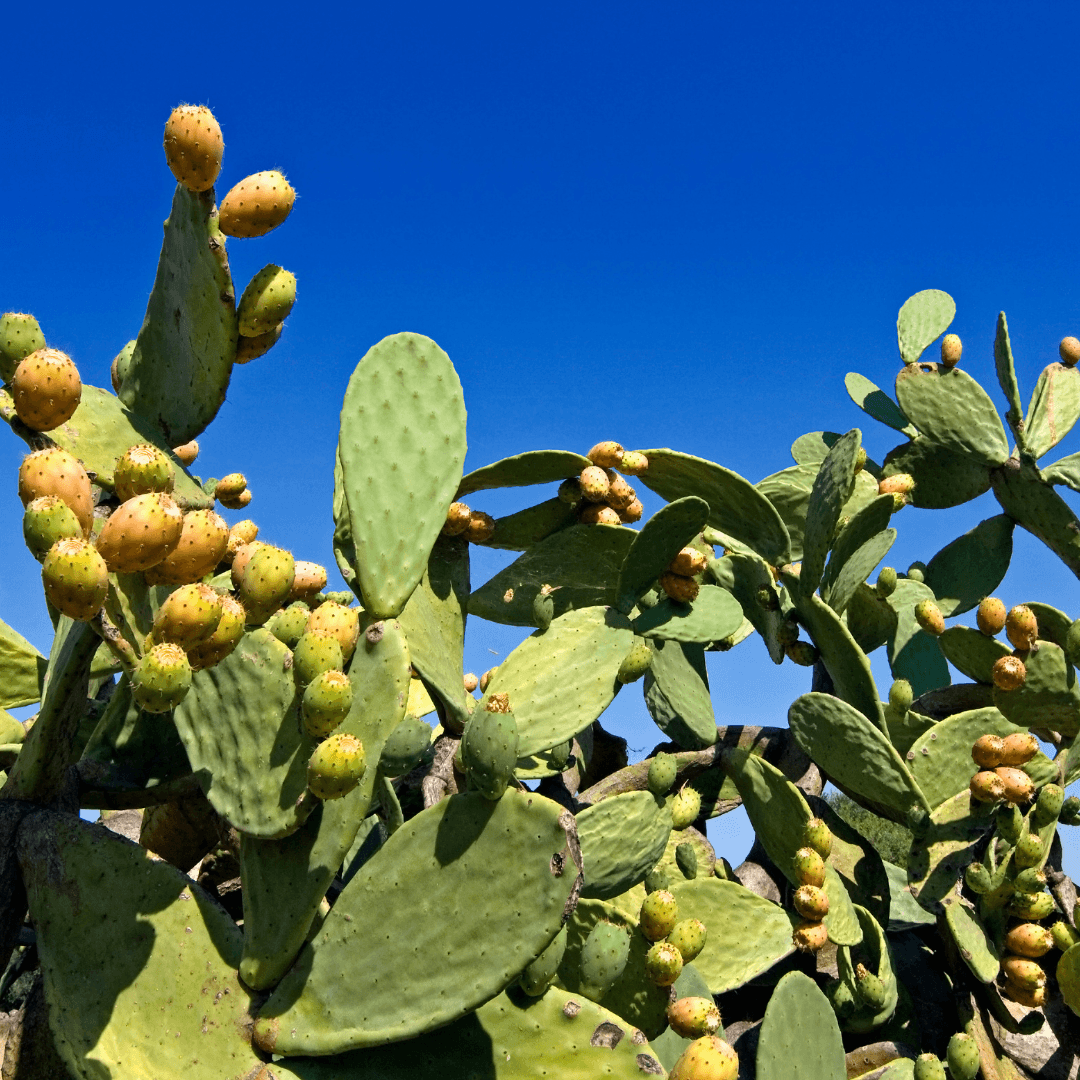
2. Sunlight Requirements To Grow Prickly Pear Cactus
Prickly pear cactus requires full sunlight at least 6-8 hours of direct exposure daily. Adequate sunlight promotes the growth of strong, healthy pads and vibrant flowers.
Without sufficient light, the cactus can become leggy and weak and experience slowed growth. Choose a location with southern exposure to maximize sun intake in cooler climates.
Place the cactus near a south-facing window for indoor growing to ensure it receives enough light for optimal development.
3. Soil Requirements To Grow Prickly Pear Cactus
Prickly pear cactus thrives in well-draining soil to avoid root rot caused by excess moisture. Ideal soil types are sandy or gravelly, allowing water to pass through quickly and preventing the roots from waterlogging.
Mix standard potting soil with sand, perlite, or pumice to enhance drainage. Clay-based, heavy soils should be avoided, as they hold moisture too long and can cause fungal infections. Make sure pots have drainage holes for containers.

4. How To Propagate Prickly Pear Cactus
Propagate Prickly Pear Cactus From Pads
Propagating prickly pear cactus from pads is simple and effective. Select a healthy pad from a mature plant, then let the cut end dry for a few days to form a callous, which helps prevent rotting when planted.
Once calloused, plant the pad upright in well-draining soil, burying about an inch of the base. Water sparingly until roots form; the pad will grow into a new cactus within weeks.
Propagate Prickly Pear Cactus From Seeds
Growing prickly pear cactus from seeds requires more time and patience. First, soak the seeds in water for 24 hours to soften their hard outer coating and improve germination chances.
Afterward, plant the seeds in well-draining soil, lightly covering them. Seeds may germinate for several weeks or months, so consistent care and patience are needed.
During this period, maintain a warm environment and water sparingly to encourage successful sprouting.
5. Planting Prickly Pear Cactus
Planting Prickly Pear Cactus From Pads
Once the prickly pear pad has formed a callous, it’s ready for planting. Place the pad vertically in well-draining soil, burying the base 1-2 inches deep.
This depth ensures stability while allowing roots to develop easily. After planting, water lightly, but avoid soaking the soil.
Overwatering can cause the pad to rot. Within a few weeks, roots will establish, and the pad will begin growing into a new cactus.
Planting Prickly Pear Cactus From Seeds
To plant prickly pear cactus seeds, scatter them just below the soil surface and lightly cover them with soil.
Ensure the soil is well-draining to prevent excess moisture, which can hinder germination. Use minimal water—just enough to keep the soil just barely damp but not drenched.
Seeds take longer to sprout than pads, and germination can take weeks to months, so patience and minimal watering are essential during this period.

5. Watering Of Prickly Pear Cacti
Prickly pear cacti are highly drought-tolerant and require minimal watering. Once established, thoroughly water them every two to three weeks, ensuring the soil dries out fully in between to avoid root rot.
Young plants need more frequent watering, but the same rule applies—let the soil dry out before the next watering. Overwatering can harm the cactus, so maintaining a balance is crucial for healthy growth.
6. Fertilizing Prickly Pear Cacti
Prickly pear cacti require minimal fertilizing. During the growing season, typically in spring or summer, apply a balanced fertilizer diluted to half-strength.
This provides enough nutrients to support growth without overwhelming the plant. Avoid over-fertilizing, as cacti are adapted to nutrient-poor soils, and too much fertilizer can harm them. One feeding per season is usually sufficient to keep your cactus healthy and thriving.
7. Temperature And Climate Requirements For Prickly Pear Cacti
Prickly pear cactus thrives in warm, dry climates typical of arid and semi-arid regions. Most varieties prefer temperatures between 60-100°F (15-37°C), but some cold-hardy species can endure temperatures as low as 14°F (-10°C).
In areas with frost, choose cold-hardy varieties or bring container plants indoors for winter. For outdoor plants, use frost cloths to shield them from freezing temperatures and ensure survival.
8. Pruning And Shaping Of Prickly Pear Cacti
Prickly pear cacti need minimal pruning, but if shaping is desired or the plant becomes too large, you can trim by removing pads with a sterilized knife.
Always wear gloves to protect yourself from the spines. Removed pads can be replanted to propagate new cacti or discarded if not needed.
Pruning helps manage the plant’s size and shape while encouraging healthier growth and maintaining an attractive appearance.
9. Companion Planting With Prickly Pear Cacti
Prickly pear cacti are ideal for xeriscaping and drought-tolerant gardens, complementing other cacti and succulents.
These plants thrive in similar conditions—full sun and well-draining soil. When planted together, they create a visually striking and low-maintenance landscape.
Select companion plants that require comparable amounts of light and water to maintain balance in your garden.
This approach minimizes water use and maintenance while showcasing diverse textures and forms.
10. Pests & Diseases Of Prickly Pear Cacti
Prickly pear cacti are generally resistant to pests but occasionally encounter scale insects or mealybugs.
If these pests are found, treat the cactus with neem oil or insecticidal soap; both are safe, natural solutions.
Apply the treatment according to the instructions, focusing on the affected areas. Regular monitoring and prompt treatment help keep these pests under control and prevent damage to your prickly pear cactus.
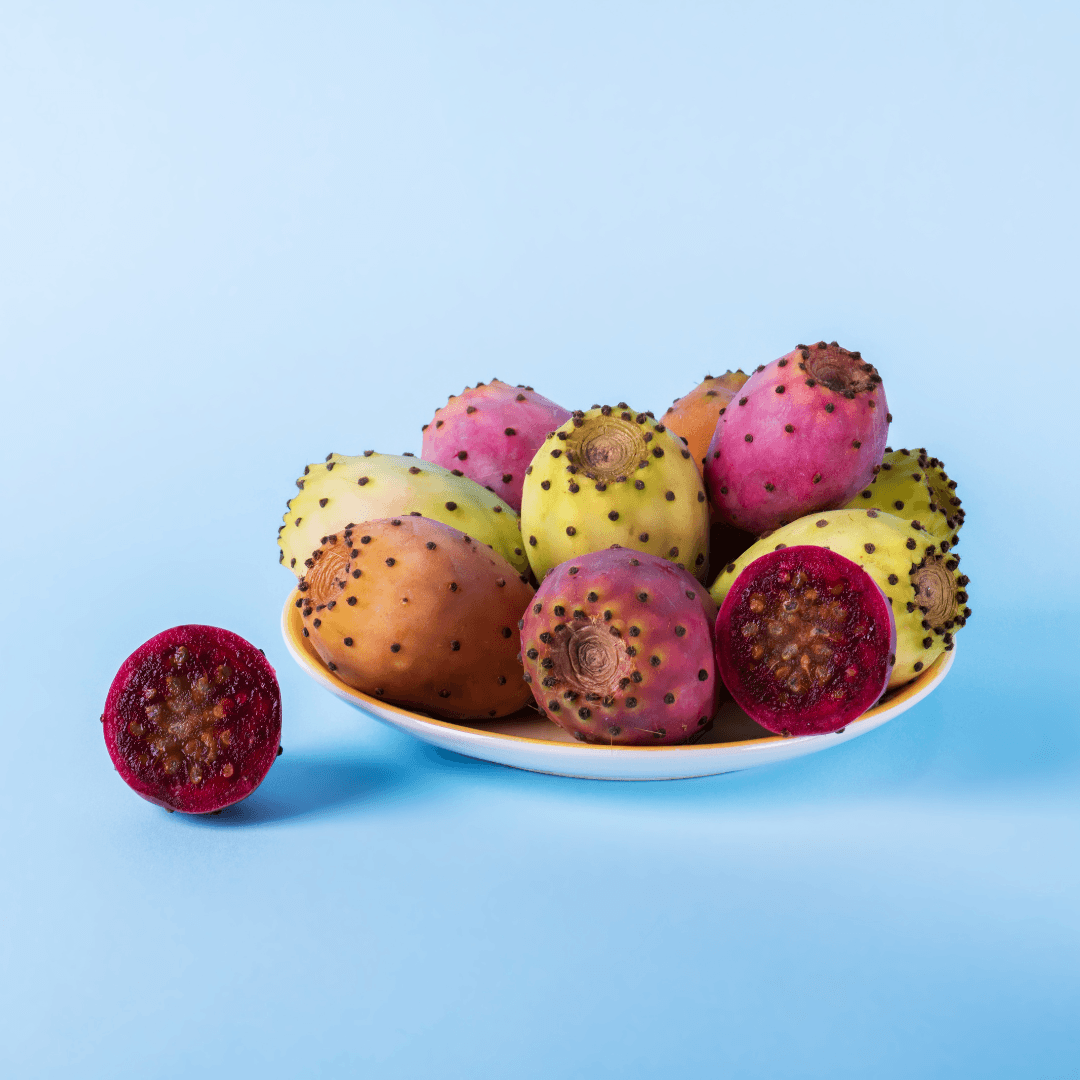
11. Harvesting Prickly Pears
When your prickly pear cactus matures, you can harvest the pads (nopales) or fruits (tunas) once fully developed.
Use tongs or gloves to handle them, as the spines can be sharp and irritating. Carefully cut the pads or fruits from the plant, avoiding damaging the cactus, and harvest these parts when ripe and well-formed to ensure the best flavour and quality for culinary or other uses.
FAQ
1. Can Prickly Pear Cacti Be Grown Indoors?
Answer: Prickly pear cacti can be grown indoors, provided they receive enough sunlight. Place them near a window with plenty of direct sunlight, and ensure the pot has good drainage to prevent water from sitting in the soil.
2. How Long Does It Take For A Prickly Pear Cactus To Produce Fruit?
Answer: Prickly pear cacti usually begin producing fruit (tunas) after about 3-4 years of growth. The fruit typically ripens in late summer to early fall, changing colour and softening when ready to harvest.
3. Can I Grow Prickly Pear From Seeds?
Answer: Yes, you can grow prickly pear from seeds, but it takes longer to germinate and grow compared to planting a pad. To improve success, scarify the seeds and soak them in water before planting.
4. Can I Eat The Fruit And Pads Of The Prickly Pear Cactus?
Answer: Yes! The fruit (tunas) and the pads (nopales) are edible. The fruit can be eaten uncooked or turned into jams, and the pads are frequently sautéed or grilled in various recipes, especially those that involve Mexican food.
5. What Are The Best Growing Zones For Prickly Pear Cactus?
Answer: Prickly pear cacti thrive in USDA hardiness zones 8-11. Some cold-hardy varieties can grow in zones as low as 4-7, but most prefer warmer climates.
6. What Should I Do If My Prickly Pear Cactus Turns Yellow?
Answer: Yellowing pads can indicate overwatering, poor drainage, or too much direct sunlight without acclimation.
Ensure the soil drains well; wait to water it until it dries. If the cactus is newly planted, allow it time to adjust to full sun.
7. How Do I Handle Prickly Pear Cacti Without Getting Pricked?
Answer: Prickly pear cacti have large spines and small hair-like glochids, which can be irritating. Always use thick gloves, tongs, or cloth to handle the cactus to avoid injury from the spines.
8. Can Prickly Pear Cacti Grow In Containers?
Answer: Yes, prickly pear cacti can grow in containers. Use a wide, shallow pot with good drainage, and fill it with cactus mix or well-draining soil. Ensure the plant gets adequate sunlight and just a little water.
9. Is Desert Pear The Same As Prickly Pear?
Answer: Yes, “desert pear” is another name for the prickly pear cactus (Opuntia). In various circumstances or locales, the terms are frequently used synonymously.
10. Are Prickly Pears Edible?
Answer: Yes, prickly pears are edible. Pads (nopales) and tunas (fruits) are commonly eaten. Nopales can be cooked or eaten raw, while tunas are often used in jellies, juices, and desserts.
11. What Is Prickly Pear’s Flavour?
Answer: The Prickly pear fruit has a sweet, mildly tangy flavour, often described as a mix of watermelon, kiwi, and pear.
The taste can vary slightly depending on ripeness and variety. When cooked, the pads have a milder, slightly tangy taste and a texture similar to green beans.
Conclusion
In conclusion, growing a prickly pear cactus is rewarding and manageable with the right care. Your cactus will thrive if you select a suitable variety for your climate, ensure well-draining soil, and provide ample sunlight.
Proper watering, occasional pruning, and pest management are key to maintaining its health. Whether growing for its ornamental beauty or its edible pads and fruits, the prickly pear cactus is a resilient plant that adds charm and functionality to any garden or indoor space.
I trust you enjoyed this How To Grow Prickly Pear Cactus article. Please stay tuned for more blog posts soon. Take care!
JeannetteZ
>>>Please click here to read my all-inclusive article, About The Essential Companion Planting Guide<<<
>>>Please click here to read my all-inclusive article about Container Gardening<<<
>>>Are you interested in homegrown herbs and medicine? Please click here to find out more about it!<<<
Your Opinion Is Important To Me
Do you have thoughts, ideas, or questions? I would love to hear from you. Please leave me your questions, experiences, and remarks about this article, How To Grow Prickly Pear Cactus, in the comments section below. You can also email me at Jeannette@Close-To-Nature.org.
Disclosure
This post may contain affiliate links. As an Amazon Associate and other affiliate programs, I earn from qualifying purchases at no extra cost to you. Please read my full affiliate disclosure.
You might also enjoy these blog posts:
Complete Plant Propagation Techniques
Tips For Pitaya Growing In Your Backyard
Most Beautiful Birds In The World
The Complete Manual For Growing Pitaya From Seeds



